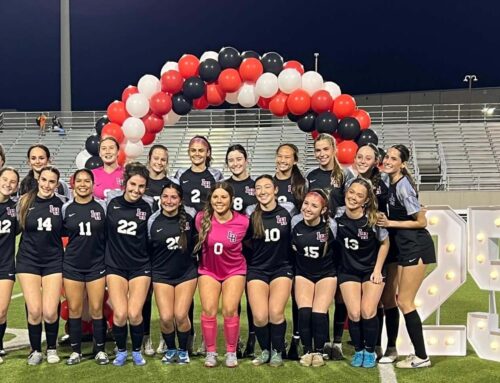The White Rock Lake Foundation will soon provide $151,000 to Dallas Park and Recreation for improvements to Winfrey Point.
This initial contribution will go toward covering costs of maintenance on the building, including repairs of HVAC, paint and the roof, says Ted Ellis, a board member of the foundation. Funds have not been transferred yet, but the foundation is working with park and recreation to finalize the details.
Winfrey Point is one of the rentable venues at White Rock Lake that is managed by the city.
The renovation project, expected to cost around $500,000, is meant to bring the building back to what it was like when it was built.
Steven Butler explains its history in From Water Supply to Urban Oasis: A History of White Rock Lake Park. In 1941, the Civilian Conservation Corps began planning a building at the top of a hill on E. Lawther Drive, a site named in honor of Dallas Police Commissioner R. L. “Dick” Winfrey. Construction started in 1941, Butler writes, but when the United States entered World War II, the CCC camp was shut down, and it was left to the park department to finish work. The building was completed in August 1942.
Established in 1989, the White Rock Lake Foundation announced its plans to renovate the building last March.
Fundraising has come largely through the foundation’s annual golf tournament and the Jewel of Dallas Gala, which was held for the first time in October. Around $78,000 was raised at the inaugural gala.
Also, the foundation was approved for a matching-fund program through the city.
Ellis says additional money will be provided to park and recreation in the future. With approval from the department, signs will be placed outside Winfrey Point to ask for donations while renovation work is occurring.
During its decades of existence, the White Rock Lake Foundation has raised millions of dollars to fund improvements at White Rock Lake Park.
One of the foundation’s current projects is adding directional signs along White Rock Lake Trail. There will be 11 graffiti-proof signs; the four largest ones will be 6 feet tall, and the seven others will be smaller.
Ellis says he is hoping concrete foundations for the larger signs can be poured sometime in the spring. The skins for the signs are unfinished as of the meeting because the locations for the signs have to be determined before accurate information can be printed on them.






